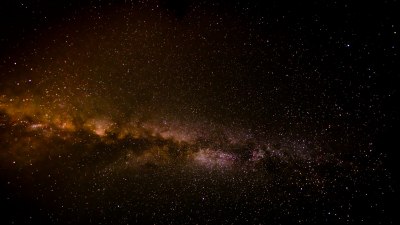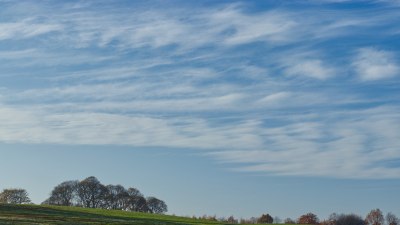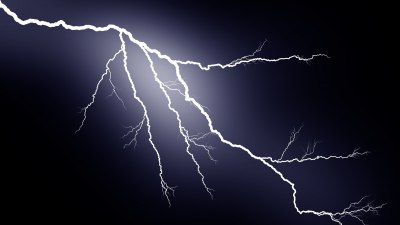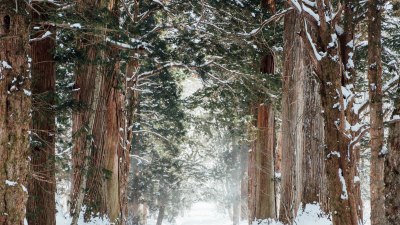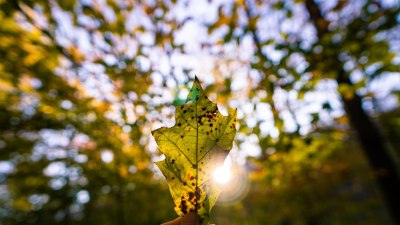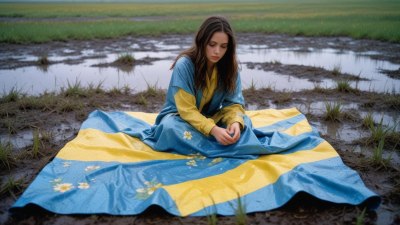What Is the Polar Night and How It Triggers Weather Extremes
Discover the phenomenon of Polar Night and its impact on extreme weather changes in polar regions.
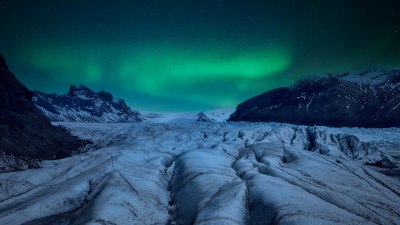
The Polar Night is a fascinating natural phenomenon that occurs in the polar regions when the sun does not rise above the horizon for an extended period. This can last for several weeks to several months, depending on the location and the time of year. Generally, the Polar Night occurs in areas located above the Arctic Circle and below the Antarctic Circle. It is essential to understand how this incredible event takes place and how it has various implications for the environment, wildlife, and human activities.
During Polar Night, regions like northern Norway, parts of Alaska, and Greenland encounter continuous darkness or only limited twilight. The opposite phenomenon is known as the Midnight Sun, which occurs during summer when the sun remains above the horizon for 24 hours. The transition between these two extremes is particularly interesting and is characterized by changing atmospheric conditions.
What Causes Polar Night?
The causes of Polar Night are primarily astronomical and geographical. Earth's axial tilt plays a significant role in this phenomenon. The tilt of approximately 23.5 degrees means that during winter months, the poles are tilted away from the sun, preventing direct sunlight from reaching these regions. The higher the latitude, the longer the duration of Polar Night becomes. For instance, cities north of the Arctic Circle, like Barrow or Utqiaġvik, experience around two months of complete darkness.
During this period, temperatures can plummet as the absence of sunlight significantly lowers surface warming. Temperature variations are especially pronounced in the Arctic regions, where the average temperature can drop to extreme lows. The phenomenon of Polar Night affects both day-night cycles and agricultural practices in these areas, requiring adaptation for those who live and work there.
Weather Extremes Triggered by Polar Night
One of the significant impacts of the Polar Night is its effect on local weather patterns, which can lead to weather extremes. The lack of sunlight alters atmospheric pressure systems and can induce colder temperature regimes. Notably, the Polar Night can result in severe winter weather, including notably frigid temperatures and increased storm occurrences.
As the polar regions cool down during the Polar Night, the air density increases, which can lead to a build-up of atmospheric pressure. This elevated pressure, when combined with the warmer air systems from lower latitudes, results in dynamic weather systems and can lead to complex storm events. The mixing of cold and warm air masses creates instability, and as a result, more frequent and intense storms often hit coastal regions.
Moreover, the extended darkness alters precipitation patterns. In the absence of the sun's heat, moisture in the atmosphere can condense and result in snowfall, contributing to elevated snow levels. Some areas might experience blizzards and heavy snowfall more frequently during this time. These stark weather conditions of the Polar Night can also affect sea ice formation and stability in the Arctic Ocean, with implications for global weather patterns.
Impact on Ecology and Wildlife
The Polar Night significantly impacts the local ecology and wildlife. Many species in these regions have adapted to the extreme conditions. For example, animals like Arctic foxes, polar bears, and various bird species exhibit unique behaviors and physical adaptations that enable them to survive during these months of darkness.
Polar bears, for instance, rely on their thick fur, fat reserves, and keen sense of smell to hunt seals, their primary food source. As their habitat undergoes seasonal changes, the bears have adapted their hunting patterns and seasonal behaviors to take advantage of the available food supply. However, as climate change impacts ice formation and stability, these animals face additional challenges.
Similarly, migratory birds have specific patterns of migration that coincide with the Polar Night and its effects on food availability. In many cases, when conditions become too severe, some species might shift their migration patterns or adjust their breeding cycles, showcasing the resilience of wildlife in extreme environments.
Human Adaptation to Polar Night
For the communities living in Polar Night regions, adapting to these extreme conditions is crucial. Many towns and cities are equipped with unique infrastructure and technology to navigate the challenges posed by long periods of darkness. In communities like Svalbard or Tromsø, people have developed various coping mechanisms ranging from maintaining functional lifestyles to embracing cultural practices.
During the Polar Night, residents often embrace outdoor sports and activities that utilize artificial lighting to maintain engagement with the outdoors. City events, festivals, and social gatherings often take place, encouraging communal interaction despite the cold and dark conditions. Light therapy is also employed to help alleviate mood-related issues occurring from the extended darkness.
Dining and entertainment options are adapted and often include warm meals and cozy indoor gatherings designed to build community spirit during the long winter months. People in these areas have developed a unique lifestyle that celebrates the Polar Night while working through its challenges.
Future Implications of Polar Night and Climate Change
The Polar Night phenomenon will continue to evolve as climate change impacts the Earth. Warmer temperatures are expected to influence the duration and severity of winter seasons in polar regions, which can collectively alter patterns of ice formation, weather coprocess, and biodiversity. As the planet warms, changes may also affect the balance of animal species and the overall health of ecosystems.
Continuing research is crucial to understanding these impacts, as they hold implications not only for the polar regions themselves but for global systems that depend on stable climate conditions. Celebrating and understanding the Polar Night while recognizing its fragility in the face of climate change can foster greater awareness of its significance.
In conclusion, the Polar Night is not just a natural occurrence characterized by prolonged darkness; it is integral to understanding the dynamic interplay of atmospheric conditions and human interaction with extreme environments. As we continue to study this phenomenon, it will become increasingly vital to draw attention to the changes affecting polar climates and the potential ramifications they pose for our planet.

